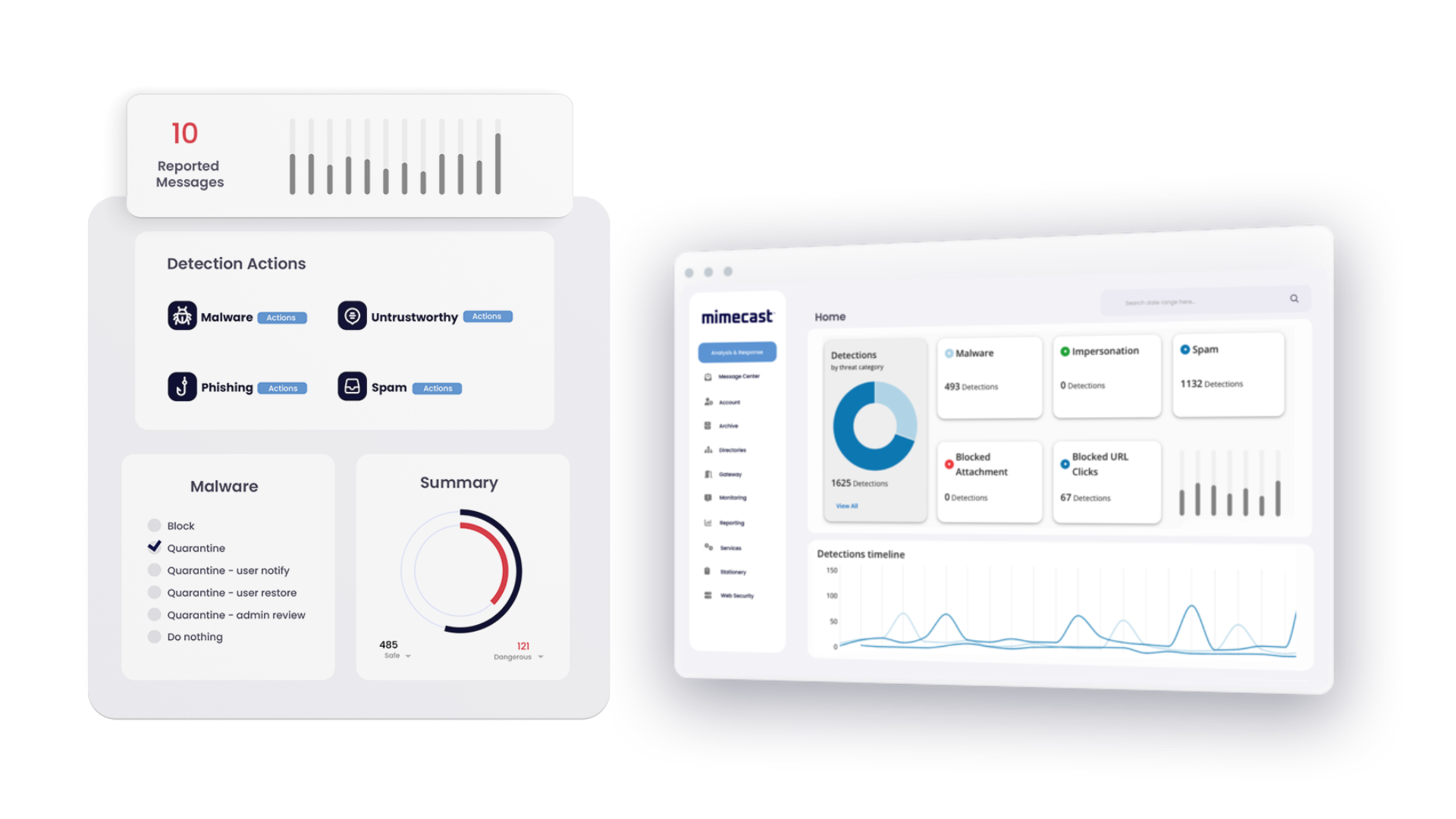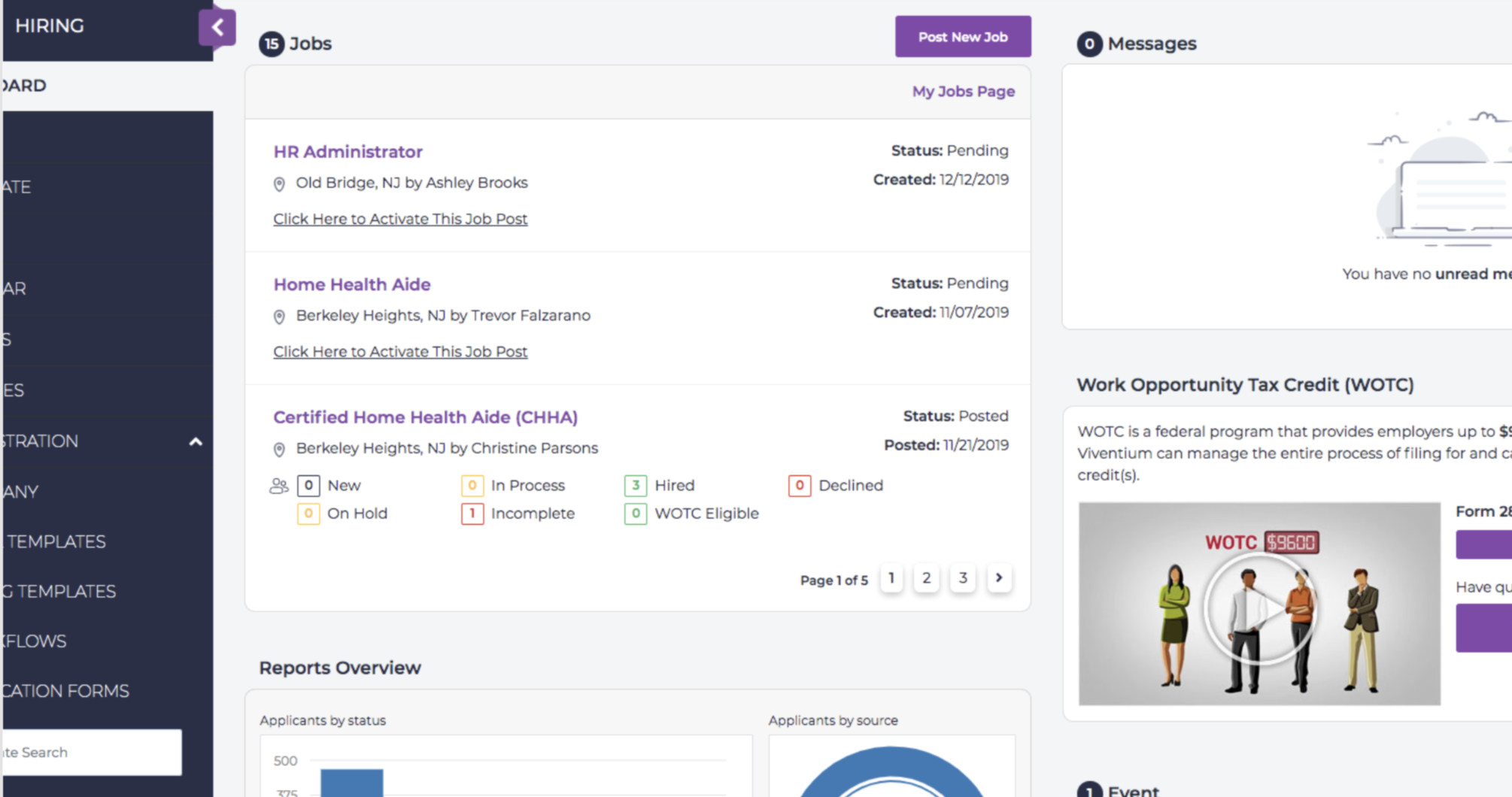The complex world of route planning can be a tough maze to navigate for many businesses. However, with the right software, you can streamline operations and boost efficiency.
This article explores key considerations such as business objectives, scalability, and user-friendliness when choosing a route planning tool.
Understanding Route Planning and Optimization
Route planning and optimization refers to the process of determining the most efficient routes for delivery drivers or businesses. This involves considering factors such as distance, traffic conditions, delivery time windows, and vehicle capacities.
By utilizing route planning software, businesses can improve their operational efficiency, reduce costs associated with last-mile deliveries, and provide better customer service. When choosing the best route planning software, it is important to understand its definition and purpose, as well as key features to look for.
Definition and purpose
Route planning tells a driver the best way to go. It works out the fastest and shortest route for them. The aim is to save time, fuel, and money. It helps people get goods from one place to another in less time.
The software does this by using maps and traffic data. It also looks at things like road size and speed limits. People can use it on their phones or computers. This makes work easier for delivery drivers and businesses that send items to different places.
Key features to look for
You must know the key features of route planning software. It should make your work easy and fast. Look for these main things:
- Route optimization: This helps to find the best way quickly.
- GPS navigation system: To show the way in real time.
- Real-time tracking feature: This lets you watch where your vehicles are at any time.
- Easy to use: The software should be simple so anyone can use it.
- Scalability: It should match your business size, whether big or small.
- Customization options: Choose a tool that fits your needs in the best way.
Factors to Consider When Choosing Route Planning Software
When considering which route planning software to choose, there are several important factors that should be taken into account. These include the business goals and objectives, scalability of the software, complexity of the routes being planned, comprehensive feature set offered by the software, and user-friendly interface provided.
These factors will help ensure that the chosen route planning software is capable of meeting both current and future needs effectively.
Business goals and objectives
Scalability
Scalability is an important factor to consider when choosing route planning software for your business. It refers to the ability of the software to handle increasing demands as your business grows.
You want a solution that can efficiently manage larger volumes of routes and data without compromising performance or speed. Scalable route planning software can easily adapt to accommodate more delivery drivers, vehicles, and locations as your operations expand.
This ensures that you won’t outgrow your software in the future and will be able to meet the evolving needs of your business.
Route complexity
When choosing route planning software, it is important to consider the complexity of your routes. This means looking at factors such as the number of stops, delivery windows, and any special requirements like hazardous materials.
Some businesses may have simple point-to-point routes, while others may have multiple stops with different time constraints. It’s crucial to choose a software that can handle the level of complexity you need.
By considering route complexity, you can ensure that the software you choose will be able to optimize your routes effectively and provide accurate ETAs for your drivers. This will help streamline your operations and improve overall efficiency in delivering goods or services.
Comprehensive feature set
A comprehensive feature set is an important factor to consider when choosing route planning software. It means that the software offers a wide range of useful features that can meet your business needs.
Some key features to look for include real-time tracking, GPS navigation systems, fleet management solutions, and transportation logistics software. These features can help you optimize routes, manage your vehicles effectively, and track deliveries in real-time.
By choosing a route planning software with a comprehensive feature set, you can ensure that all your requirements are met and make the most efficient use of your resources.
User-friendly interface
A user-friendly interface is an important factor to consider when choosing route planning software. It makes the software easier to use and navigate, even for those who are not tech-savvy.
A simple and intuitive interface can save time and reduce user frustration. Look for software that has a clean layout, clear icons, and straightforward menu options. This will allow users to quickly learn how to use the software without needing extensive training or technical support.
With a user-friendly interface, businesses can start benefiting from their chosen route planning software right away.
How to Choose the Right Route Planning Software
When selecting the right route planning software, it is essential to consider who will be using the software, trial it before purchasing, budget considerations, integration capabilities, and customization options.
Consider who will be using the software
Before choosing route planning software, it’s important to think about who will be using it. Will it be delivery drivers? Or maybe you’re a small business owner looking for an efficient way to plan multiple routes.
Understanding the needs and requirements of the users will help in finding software that meets their specific needs. For example, if you have a large fleet of vehicles, you’ll want software that can handle scalability and provide real-time tracking features.
On the other hand, if you’re a small business with just a few drivers, simplicity and ease of use might be more important factors to consider. By considering who will be using the software, you can make sure to choose one that best suits their needs and helps optimize your routes efficiently.
Trial it before purchasing
Before purchasing route planning software, it is crucial to trial it first. This gives you the opportunity to test the software’s capabilities and determine if it meets your specific needs.
By trialing the software, you can evaluate its user-friendliness, features, and performance in real-world scenarios. It also allows you to see how well it integrates with your existing systems and whether or not it provides the customization options you require.
Taking the time to trial route planning software ensures that you make an informed decision and choose a solution that will truly benefit your business operations.
Budget considerations
Considering your budget is an important factor when choosing the best route planning software. You want to find a solution that offers the necessary features at an affordable price.
Look for pricing plans that align with your business needs and goals. Keep in mind that some software providers may offer free options or have lower-cost plans for small businesses.
Take into account any additional fees, such as implementation costs or ongoing support charges, while making your decision. By considering your budget, you can find a route planning software that meets your requirements without breaking the bank.
Integration capabilities
Integration capabilities are an important factor to consider when choosing route planning software. You want to make sure that the software can easily integrate with your existing systems and tools, such as GPS navigation systems or fleet management solutions.
This allows for seamless data transfer and real-time tracking of vehicles, making it easier to optimize routes and manage deliveries efficiently. Look for software that offers integration options with commonly used platforms in the transportation logistics industry.
By having strong integration capabilities, you can streamline your operations and improve overall efficiency in your delivery business.
Customization options
When choosing route planning software, it is important to consider the customization options available. Customization allows businesses to tailor the software to their specific needs and preferences.
This can include customizing routes based on factors such as traffic patterns, delivery windows, and vehicle capabilities. Some software may also offer the ability to customize reports and dashboards, allowing users to track key metrics and performance indicators that are most relevant to their business.
By having access to customization options, businesses can optimize their operations and improve overall efficiency.
Conclusion
To sum it up, choosing the best route planning software is crucial for delivery businesses to optimize their routes and reduce costs. By considering factors like business goals, scalability, and user-friendly interfaces, you can make the right choice.
Don’t forget to trial the software before purchasing, factor in your budget, and check for integration capabilities and customization options. With all of these considerations in mind, you’ll be well-equipped to find the ideal route planning software that suits your needs.



